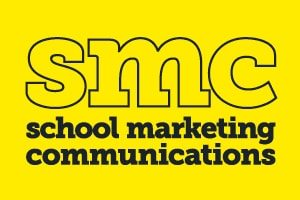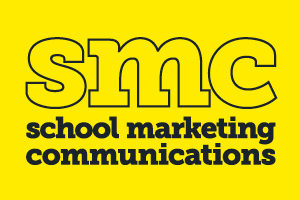A landing page can be any page on your website where visitors first ‘land’ after clicking through on a call-to-action. They are useful mechanisms for providing information and capturing leads, without the hassle of navigating your website. It allows you to directly support a specific goal by sending users to a dedicated page without the distractions of general web browsing.
Not only are landing pages more helpful to your school and its online visitors, but they are more effective in advertising campaigns. By taking users to a page with specific information about what they are interested in they are more likely to take action, as opposed to directing them to your homepage.
But what exactly should a user see when they visit a landing page, and how can this motivate them to take action? Here are five tips to create landing pages that get results.
Spend more time on design
Landing pages are usually linked directly from social media posts or advertising campaigns. That means that users haven’t necessarily navigated through the homepage to get there. Because of this, the design of a landing page doesn’t necessarily have to match the general page design of the rest of your website. You can make this page a little more design-orientated to give users the best impression. This is particularly important if your website is not currently up to scratch, or if you are in the process of upgrading your website. You can also continually update and optimise the design of your landing page during your campaign, without the risk of confusing regular visitors to your main website.
Cut down copy, showcase imagery and video
Your landing page should not be too text heavy. You want to give your visitors the important information – enough for them to make the decision to act – but not too much that they get bored and navigate away. A picture says a thousand words. You can accomplish emotional connection with the user through powerful imagery and videos. Save your words for specifying important information. It’s a careful balance that you will need to test with your audience.
Shorten the permalink (permanent page hyperlink)
Because you will be posting this landing page on social media, online adverts and potentially print advertisements, you really need the permalink to be short, easy to type and memorable. Most content management systems (CMS) and landing page builders give you the ability to edit a page’s permalink, so rather than leave the URL as www.ourschool.xyz/enrolments/bookatour/open-day-2018, for example, you could change it to www.ourschool.xyz/openday2018.
Include a Call-to-Action
Getting users to the landing page is part one; part two is getting them to take action once they are there. A call-to-action (CTA) on a landing page should encourage the user to enter, at the very least, their email address by offering them something of value in return. This can include a document or publication they need or want, or it could be a booking or RSVP form to confirm attendance for an event. You should allow the user to enter their information directly from the landing page. It’s not a good practice to send them to another location or ask them to call you – this will immediately turn off many potential leads.
Make sure you are tracking analytics
The only way to tell if your landing page is working is if you are tracking the analytics. You can use analytics data to inform content and design updates to the page. If people are not spending long on the page, then you may need to update your above-the-fold content to captivate users earlier. If you’re getting good traffic to the page but not many visitors are filling out the form, then you may need the form to appear higher up on the page. Feel free to run some trial-and-error testing on your landing page to optimise it for your audience.
Landing pages should form a fundamental part of each marketing campaign. It is the funnel that captures visitors’ information from each advertising channel, from Facebook Ads to Google Adwords. As your campaign continues, you can evolve and refine your landing page design and content to better target your audience. Unlike a school website, landing page design can be fluid and a little more experimental and interesting.







